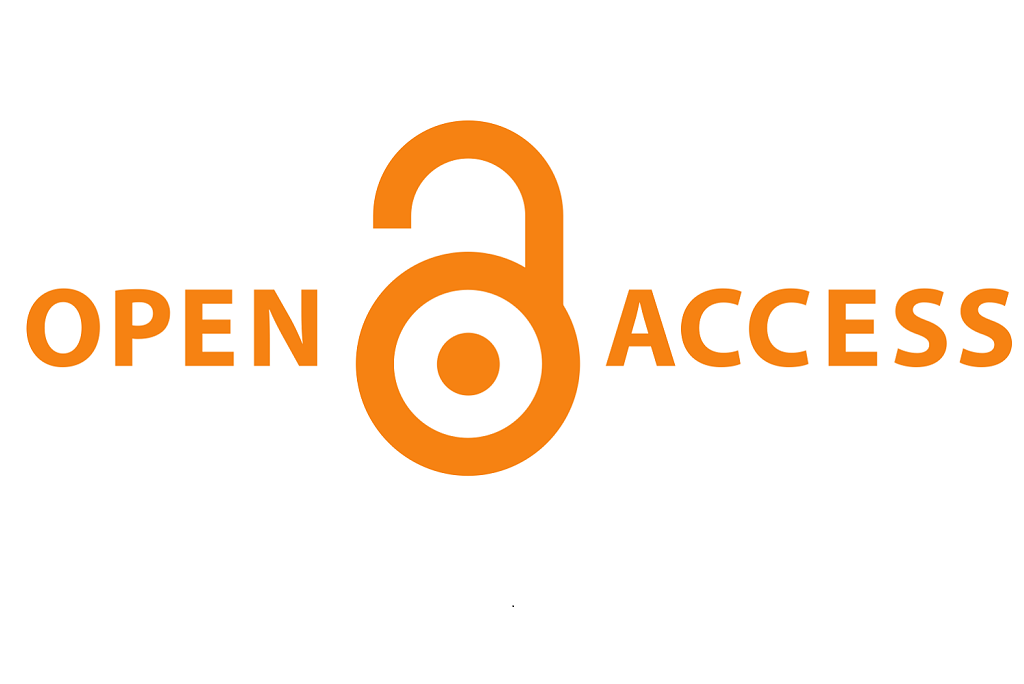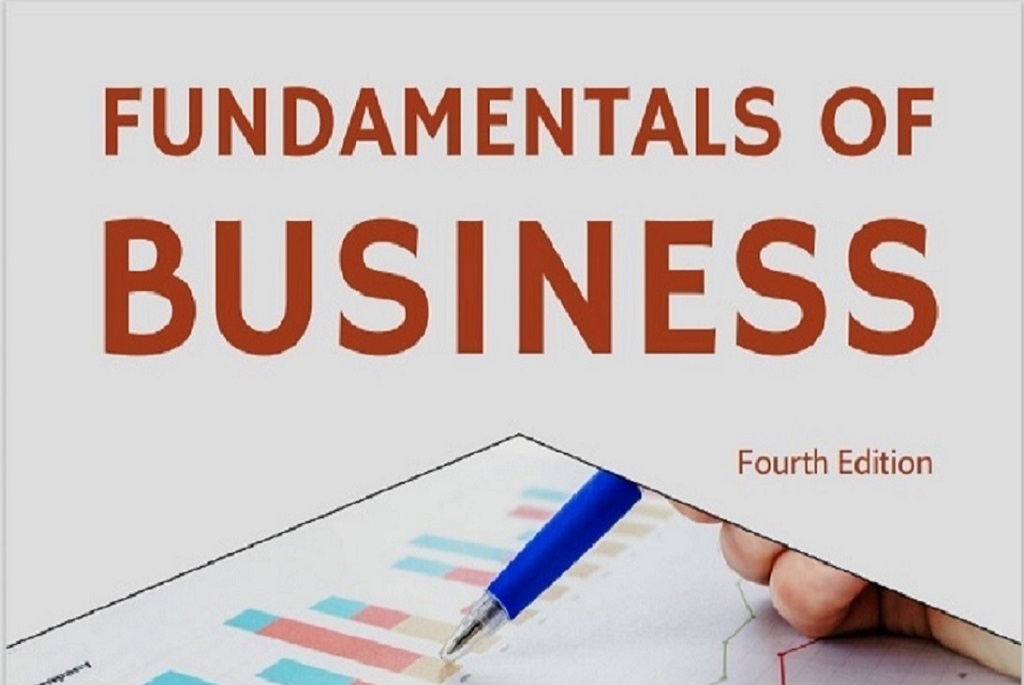VTechWorks
VTechWorks provides global access to Virginia Tech scholarship, including journal articles, books, theses, dissertations, conference papers, slide presentations, technical reports, working papers, administrative documents, videos, images, and more by faculty, students, and staff. Faculty can deposit items to VTechWorks from Elements, including journal articles covered by the University open access policy. Email vtechworks@vt.edu for help.
Communities in VTechWorks
Select a community to browse its collections.
Recent Submissions
Quantitative Comparison: Equine Genital Tissues Under Uniaxial Loading
Collins, Angel E. (Virginia Tech, 2025-05-14)
This experimental study characterizes the elastic behavior of male and female equine genital tissues through uniaxial tensile testing, with strain measurements obtained via digital image correlation. Dog-bone-shaped tissue specimens were excised from mares and geldings (n=23 from female tissues and n=42 from male tissues) with all specimens aligned along the circumferential direction (CD) of the vagina, penis, and scrotum. The results include load–displacement data, stress–strain behavior, and tangent moduli for the penile sheath, vaginal canal, and scrotum, with strain measured in both the CD and longitudinal direction (LD). Findings indicate that vaginal and scrotal tissues exhibit comparable mechanical properties (tangent moduli: 10.16±1.30 MPa for the vagina and 4.81±1.66 MPa for the scrotum,), while the penile sheath (tangent modulus: 2:30 ± 1:43 MPa) differs significantly from the vaginal and scrotal tissues (p < 0:01 and p < 0:05, respectively). This mechanical evaluation of vaginal, penile, and scrotal tissues has important implications for advancing surgical techniques, developing genital prostheses, and informing biomechanical models of the pelvic region.
Boosting Workforce Readiness: Employability Skills Through Digital Learning Badges
Coartney, Jama S.; Kaufman, Eric K.; Westfall-Rudd, Donna M.; Seibel, Megan M.; Friedel, Curtis R.; White, Amy; Carmichael, Celeste (North American Colleges and Teachers of Agriculture (NACTA), 2025-06-03)
In an evolving agricultural industry, students must be equipped with critical professional and employability skills to thrive in the modern workforce. The Agriculture Workforce Training for Collaborative Leadership (AWT4CL) project has developed a suite of digital learning badges to help students build competencies in these essential areas. The badges are grounded in research from the Association of Public and Land Grant Universities (APLU), which identified 11 key employability skills with significant gaps in workforce readiness. By earning badges such as “Communicate Effectively,” “Analyze Problems,” and “Navigate Change and Ambiguity,” learners are better positioned to meet employer expectations. Each badge requires learners to meet specific learning outcomes through practical application and reflection. The two-part learning modules involve both an interactive activity and a written reflection. The modules are flexible, allowing instructors to adjust specific activities to meet the needs of their course or program while upholding the core badge objectives. Early adopters of the AWT4CL badging system have noted that digital learning badges can help students recognize the value of life experiences. One faculty member noted the gamification used in combination with reflective practice helps students look for real-life experiences that exemplify what they are learning in the classroom. The idea of bridging experiences and acknowledging the reflections with a badge helps students gain confidence, build competence, and recognize workforce skills development. This conference presentation will introduce attendees to these digital learning badges, designed to promote critical skills such as communication, decision-making, leadership, and professionalism. The presentation will address how instructors can integrate these badges into curricula using game-based learning approaches to foster student engagement and skill development. Educators can adopt this freely available tool to improve student workforce readiness, increasing their awareness of professional competencies critical to success in agricultural careers.
Engaging Stakeholders Through Inquiry, Story, & Presence [DSPG 2025]
Kaufman, Eric K. (2025-06-23)
Workshop for summer interns with Virginia Tech's Data Science for the Public Good Program.
An Assessment of the Postural Risks in Dentistry and of the Potential for Passive Exoskeletons to Mitigate Musculoskeletal Risks among Dental Professionals
Morris, Wallace Martin (Virginia Tech, 2025-06-23)
Dental health professionals—comprising Dentists, dental Hygienists, and dental Assistants—are exposed to prolonged non-neutral static postures that partially account for them experiencing a relatively high prevalence of musculoskeletal disorders (MSDs). For example, approximately 70% of Dentists report experiencing symptoms of MSDs over the previous year, with the most affected regions being the neck, shoulders, and back. However, there have been no reported efforts to objectively record postural exposures throughout a work-shift, in a real-world environment, among American dental health professionals, or to directly compare risks between clinical roles. Exoskeletons (EXOs), though, could be of benefit, as this technology can reduce physical load at target body segments, such as the low back or shoulders. EXOs effectively reduce muscle activation in static holding tasks and have demonstrated potential benefits for some simulated healthcare procedures. However, the applicability of EXOs to dentistry is currently unclear, and their use over prolonged periods, such as a full work-shift, has not commonly been evaluated.
The purpose of this dissertation was to assess the postural exposures of Dentists, dental Assistants, and dental Hygienists, and to test the effectiveness and acceptance of EXOs among these workers. Specifically, the first study surveyed dental clinical staff on their chronic pain and fatigue, aspects of their workplace that might influence pain, and their impressions of multiple kinds of EXOs. Major results from this study were that back-support EXOs may receive acceptance in dentistry, and that workers experiencing pain would be more open to trying an EXO. Study two used occupational motion capture via inertial measurement units to quantify the differences in exposures between clinical roles. There were clear differences in exposure characteristics between roles and the usage of loupes. Hygienists had least severe postures but the greatest discomfort, potentially due to low exposure variability/high routinization of their job. Further, use of standard loupes was associated with more extreme postures. Participants in a follow up from Study two used an EXO to assess acceptability across dental clinical workers in real-world working scenarios. Minor reductions in lower back discomfort were reported over one dental shift. Participants performed less trunk flexion during EXO use and compensated with greater neck and arm flexions. Overall impressions of the EXO were positive; all participants agreed that EXOs have a place in dentistry due to prevalent back pain, however concern about sizing the device for a wider array of body types was noted.
Overall, results of this dissertation indicate that EXOs could be a valuable intervention in dentistry, especially for Hygienists, who modified their work exposures the least during use. EXOs may need to be combined with newer ergo loupes, though, to effectively mitigate both back and neck risk, and concerns regarding sanitizing the device need to be addressed. In conclusion, dentistry has a wider array of exposures than just static bending, and interventions should consider the unique risks of each clinical role to successfully reduce WMSD risk.
The Space Between Life and Death
Ontiveros Jr., Wilson Julio (Virginia Tech, 2025-06-23)
The purpose of this thesis is to fracture the crystalized memory of cemeteries to promote a healthy relationship with the presence of passing. Understanding and reintegrating cemeteries within today's urban contextualization. Bridging the taboo nature of cemeteries through its revitalization of space and form. Ultimately reshaping cemeteries into an integral part of a community.


